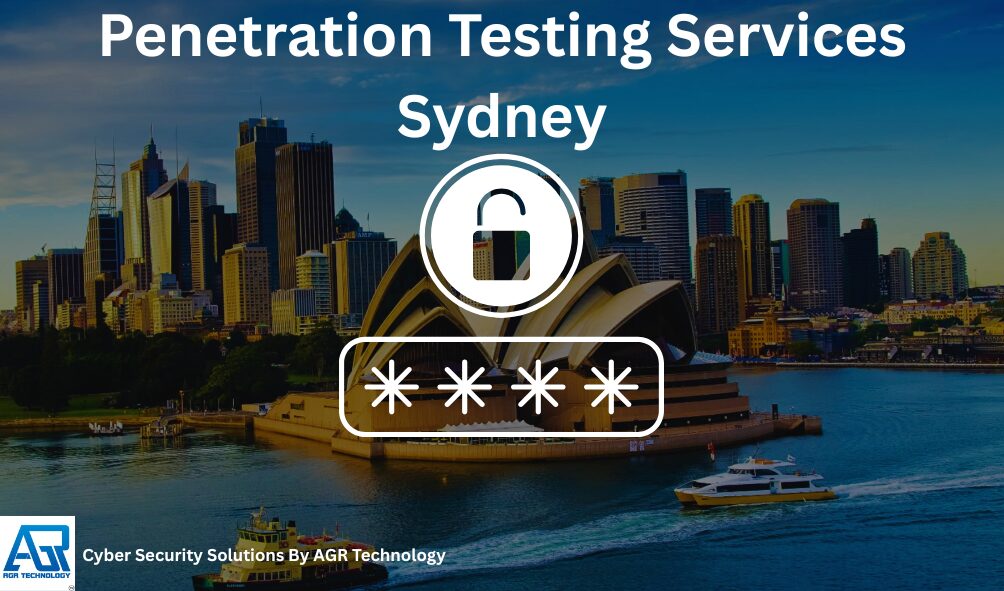
If you’re responsible for security in a Sydney organisation, you don’t need scare tactics, you need clarity. We help you confirm what’s exploitable, what it means in business terms, and how to fix it with minimal disruption. Our penetration testing services cover networks, applications, cloud, and the human layer, aligned to Australian frameworks like the ASD Essential Eight and ISM. You get evidence-backed findings, practical remediation, and retesting to validate fixes.
Get in touch with our team to find out how we can assist with your Cyber security needs
Reviews from our happy clients
Why Penetration Testing Matters For Sydney Organizations

Local Threat Landscape And High‑Risk Sectors
Sydney attracts targeted attacks, finance, healthcare, education, professional services, and Government are frequent targets. We regularly see:
- Ransomware operators exploiting exposed services and weak identity controls
- Business email compromise via Microsoft 365 misconfigurations
- Web app/API flaws (OWASP Top 10) leading to data exposure
- Social engineering and MFA fatigue attacks against busy teams
Real talk: attackers don’t care about your size: they care about your weakest path. Pen testing shows where that path is before someone else does.
Australian Compliance Drivers (ASD Essential Eight, ISM, PCI DSS, ISO 27001, APRA CPS 234, NDB)
Penetration testing supports risk management and evidence for:
- ASD Essential Eight maturity uplift (especially patching, application hardening, and user application control)
- ISM/PSPF expectations for government and suppliers
- PCI DSS (regular testing and attestation for cardholder data environments)
- ISO/IEC 27001 Annex A controls validation
- APRA CPS 234 assurance for regulated entities and third parties
- Notifiable Data Breaches (NDB) readiness by reducing likelihood and impact
We align testing scope and reporting so your audit, risk and executive stakeholders get exactly what they need.
Types Of Penetration Tests Suited To Sydney Businesses
Network Assessments: External And Internal
- External: Simulates an internet‑based attacker probing perimeter services, DNS, VPN, and remote access. Focus on exposure, authentication, and patch hygiene.
- Internal: Assesses risks from a compromised workstation or insider. We test segmentation, AD/Entra ID pathways, lateral movement, and privilege escalation.
- Outcome: Clear prioritisation of critical CVEs, misconfigurations, and identity weaknesses, mapped to the Essential Eight.
Applications And Cloud: Web, API, And SaaS/Microsoft 365
- Web and APIs: OWASP Top 10 and business logic testing for portals, eCommerce, fintech backends, and public sector services.
- Cloud: Azure, AWS, and Google Cloud misconfigurations, IAM drift, storage exposure, and CI/CD secrets.
- Microsoft 365: Tenant hardening, conditional access gaps, legacy protocols, phishing resilience, and data leakage controls.
- Outcome: Evidence of exploitability with practical code/config fixes and secure patterns.
Mobility And Human Layer: Mobile, Wireless, Social Engineering, And Red Teaming
- Mobile: iOS/Android app testing, API trust boundaries, certificate pinning, and data-at-rest controls.
- Wireless: Rogue AP detection, WPA2/3 weaknesses, guest network isolation.
- Social engineering: Phishing, voice spoofing, pretexting (authorised and controlled).
- Red teaming: Goal‑based simulation to test people, process, and tech end‑to‑end.
- Outcome: Real‑world signal on where your controls fail under pressure.
Proven Penetration Testing Methodology
Planning, Scoping, And Rules Of Engagement
- We workshop objectives, assets, and risk appetite with your stakeholders.
- Define scope, data handling, legal approvals, testing windows, and escalation paths.
- Success looks like: no surprises, clear communication, and test depth that matches your goals.
Reconnaissance, Vulnerability Discovery, And Exploitation
- Recon: Inventory, attack surface mapping, and open‑source intelligence.
- Discovery: Automated and manual techniques to identify weaknesses: we don’t rely on scanners alone.
- Exploitation and post‑exploitation: Safely validate impact, credential theft, data access, lateral movement, without disrupting production.
Reporting, Stakeholder Workshop, And Retesting
- Reporting: Executive summary for non‑technical leaders and deep technical findings for engineers.
- Workshop: We walk through findings, answer tough questions, and agree on remediation priorities.
- Retesting: Verify fixes and issue an updated attestation you can share with auditors or customers.
Deliverables You Should Expect
Executive Summary And Business Risk Prioritization
- Clear, plain‑English overview: what we tested, what was exploitable, and likely business impact.
- Risk ratings aligned to your context, not generic severity labels.
Technical Findings With Evidence And Reproducible Steps
- Screenshots, payloads, affected assets, and step‑by‑step reproduction.
- Root cause analysis so fixes address the real issue, not just the symptom.
Actionable Remediation Guidance And Roadmap
- Specific configuration changes, code examples, policy updates, and reference hardening guides.
- A prioritised roadmap mapped to Essential Eight, ISM, and your delivery cadence.
Conclusion
Security leaders in Sydney need more than a list of CVEs. You need evidence, context, and a fix plan you can actually deliver. That’s our focus at AGR Technology.
Ready to reduce risk with clear, defensible outcomes? Request a proposal, or speak with a pen tester today. We’ll scope it quickly, test thoroughly, and help you close the gaps.
Penetration Testing Services in Sydney: FAQs
What do penetration testing services for Sydney include?
Comprehensive Sydney penetration testing covers external and internal networks, web apps/APIs, cloud (Azure, AWS, Google Cloud), and Microsoft 365, plus social engineering and red teaming. Engagements align to ASD Essential Eight and ISM, delivering evidence-backed findings, plain‑English risk context, actionable remediation guidance, and retesting to validate fixes with minimal operational disruption.
How does penetration testing support Australian compliance requirements?
Pen testing provides evidence for ASD Essential Eight maturity uplift, ISM/PSPF expectations, PCI DSS validation, ISO/IEC 27001 control assurance, APRA CPS 234 uplift, and improved NDB readiness. Scoping and reporting are aligned to your audit and risk stakeholders so findings map to controls, deliverables, and attestations auditors expect.
How long does a Sydney penetration test take, and how do you minimize disruption?
Typical timelines: 3–5 days for a small web app or focused external test, 5–10 days for a medium app or internal network, and multi‑week for complex estates or red teaming. Providers schedule off‑peak or after‑hours, coordinate with change windows, give status updates, and escalate quickly if critical risks appear.
How often should Australian organizations schedule penetration testing?
At minimum, test annually and after significant changes (new apps, major cloud migrations, or architecture shifts). PCI DSS requires at least annual testing and after major changes; APRA‑regulated entities typically follow risk‑based, more frequent cycles. High‑risk Sydney sectors often test semiannually or align to release cycles for key systems.
Local information & resources:
![logo-new-23[1] logo-new-23[1]](https://agrtech.com.au/wp-content/uploads/elementor/thumbs/logo-new-231-qad2sqbr9f0wlvza81xod18hkirbk9apc0elfhpco4.png)






